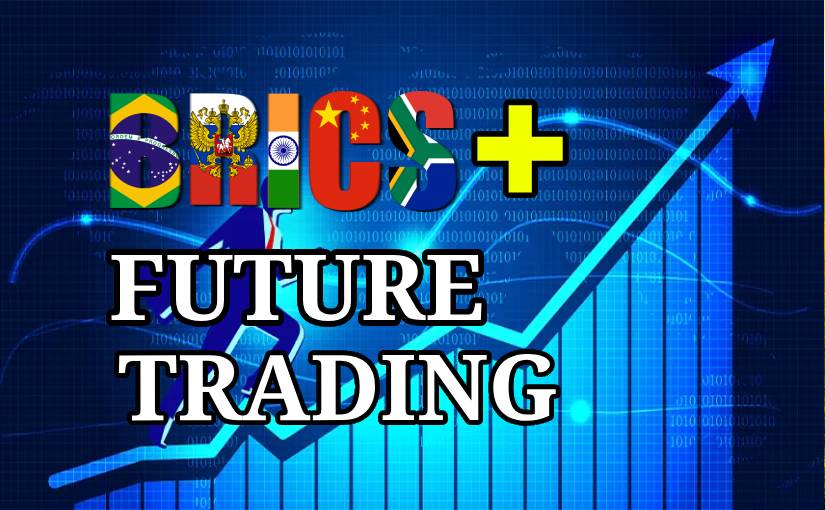BRICS Future trading
The New Era of BRICS Agricultural Trade
The global trade landscape is entering a new phase where BRICS future trading defines the direction of agricultural cooperation, Brazil, Russia, India, China, and South Africa — are leading efforts to build a balanced, sustainable, and self-reliant agricultural network. As global food systems evolve, BRICS future tradingis moving toward deeper integration in grains, oil, and pulses — the essential components of food security and international cooperation.
This transformation is powered by trusted trade platforms such as GreenRusnk’s BRICS Trading Hub, which unites exporters, importers, and logistics providers under one transparent ecosystem.
1. The Vision of BRICS Future Trading To 2030
By 2030, BRICS nations are expected to account for nearly 45% of global agricultural output. Their shared strategy focuses on creating food independence, fair pricing, and reduced dependency on external markets. Moreover, the alliance is prioritizing digital trade integration, eco-friendly logistics, and new cross-border partnerships.
GreenRusnk plays a central role in this vision by offering importers and exporters a unified channel to exchange verified information, trade documentation, and logistics data securely and efficiently.
2. Grains – The Cornerstone of BRICS Food Stability
Grain remains the lifeblood of BRICS agriculture. Russia and India are among the top producers and consumers, while China and Brazil contribute through innovation and demand. As a result, the BRICS grain network is shifting toward digital traceability, regional storage hubs, and real-time data sharing.
Through the BRICS Trading Hub, GreenRusnk connects global importers with Russian wheat and barley exporters who meet ISO and GOST certification standards. Additionally, the platform helps buyers plan seasonal purchases and access live freight schedules, reducing uncertainty in cross-border deliveries.
3. Oil and Oilseeds – The Energy Behind Sustainable Growth
The demand for sunflower, soybean, and canola oils is growing rapidly across BRICS. Russia leads in sunflower oil production, offering high-oleic varieties ideal for both food and industrial use. Meanwhile, Brazil dominates in soy exports, and India drives consumption across multiple markets.
Furthermore, as renewable energy initiatives expand, these oil crops also power biofuel industries. GreenRusnk works with certified refineries and packaging plants to ensure that all exports meet international safety and sustainability standards. Consequently, importers receive consistent quality, transparent pricing, and long-term supply contracts.
4. Pulses – Building Protein Security Across BRICS
Lentils, chickpeas, and peas represent the protein backbone of millions of BRICS consumers. Russia’s clean and export-grade pulses are increasingly favored by India, Brazil, and South Africa. This rise in demand has led to new investment in processing facilities, quality control systems, and direct farm-to-export programs.
Through GreenRusnk, importers can now connect directly with producers, eliminating unnecessary intermediaries and reducing costs. The company’s verification system ensures that each shipment passes full lab analysis, origin checks, and export documentation verification.
5. Digital Integration in BRICS Future Trading
One of the key future trends in BRICS trade is the integration of digital logistics platforms. This approach connects rail, sea, and land transport systems into unified corridors. The North–South Transport Corridor and the Eurasian Economic Rail Route are examples of ongoing projects that facilitate faster, cheaper, and greener shipments.
GreenRusnk is actively involved in this evolution by providing digital trade tools, automated documentation, and real-time cargo tracking for exporters and importers within the BRICS zone. As a result, trade operations are smoother, safer, and easier to manage across time zones.
6. Sustainable and Ethical Trade Practices
As environmental awareness grows, BRICS nations are integrating sustainability principles into agricultural and BRICS future trading policies. Russia, Brazil, and India are leading initiatives in low-carbon logistics and organic farming. Moreover, there is a strong commitment to reduce food waste and energy consumption during transportation.
GreenRusnk reinforces this by collaborating with exporters who use eco-certified packaging, renewable energy in production, and ethical labor practices. Importers partnering with GreenRusnk not only gain business opportunities but also support responsible global trade.
7. How GreenRusnk Empowers BRICS Integration
The integration of BRICS agricultural markets is not just about products — it’s about people and partnerships. GreenRusnk stands as a trusted link between exporters, importers, and service providers. Through its BRICS Trading Hub, the company simplifies trade management and builds confidence through transparency and verified data.
Moreover, GreenRusnk’s multilingual team and technological expertise allow seamless coordination between Russian exporters and buyers across Africa, Asia, and Latin America. As a result, businesses expand faster while maintaining trust and compliance.
8. Looking Ahead: BRICS as a Model for Global Trade Cooperation
The BRICS framework provides a living model for how developing economies can cooperate without relying on external financial systems. By 2030, BRICS trade networks could redefine the global balance in agriculture, making food production more diversified and equitable.
With platforms like GreenRusnk’s BRICS future trading Hub supporting verified supply chains, the next decade promises smarter logistics, digital documentation, and sustainable growth driven by innovation and trust.
A Unified BRICS Future
BRICS future trading lies in strong partnerships, sustainable practices, and transparent cooperation. Grains, oils, and pulses will continue to anchor trade relations, while digital systems and logistics integration shape a new global standard.
By connecting with GreenRusnk’s BRICS Trading Hub, importers, exporters, and distributors can become part of this transformation — gaining access to verified partners, professional support, and real-time market opportunities.
The next chapter of BRICS trade is being written today — and GreenRusnk is helping make it a reality.

